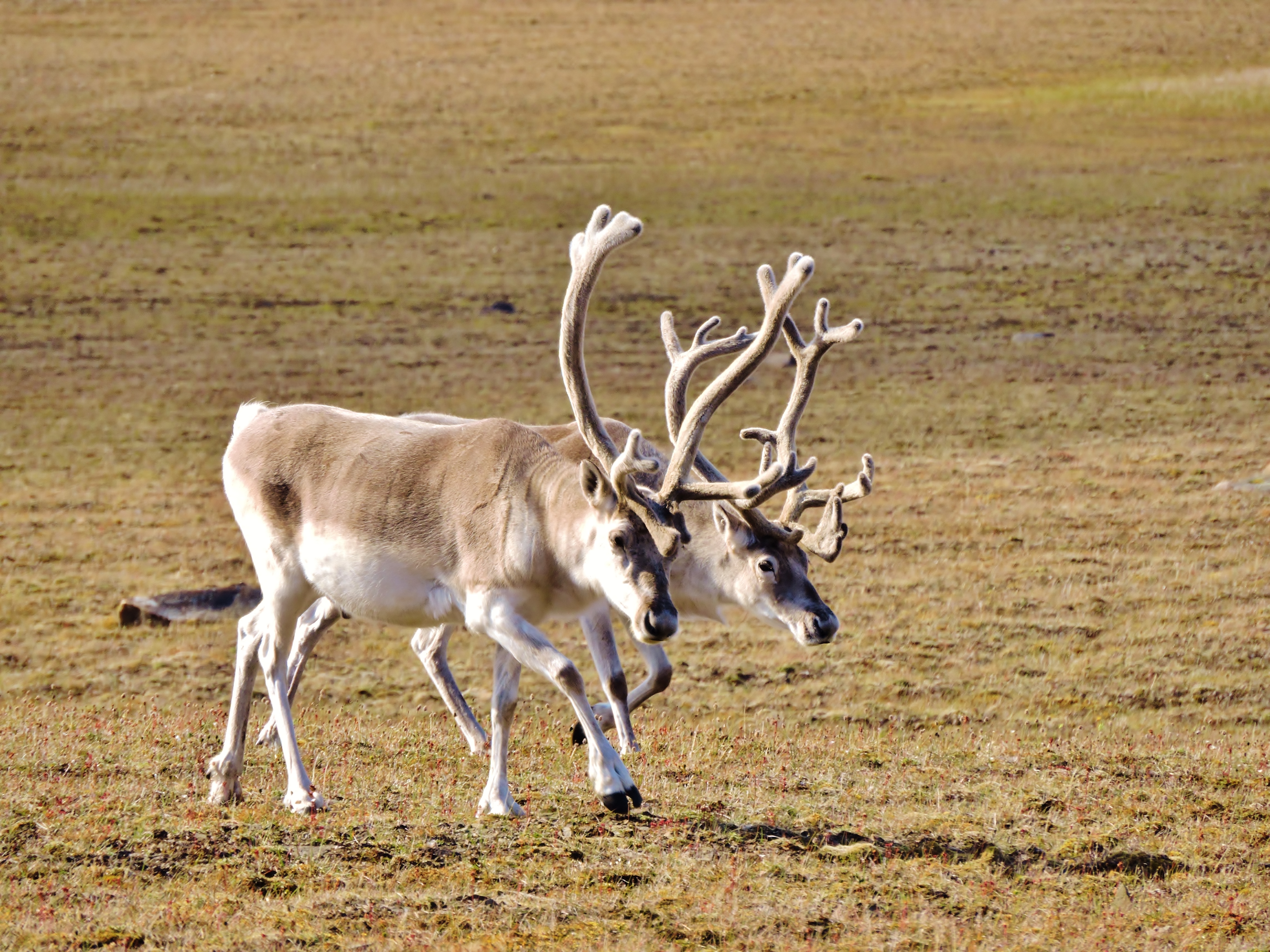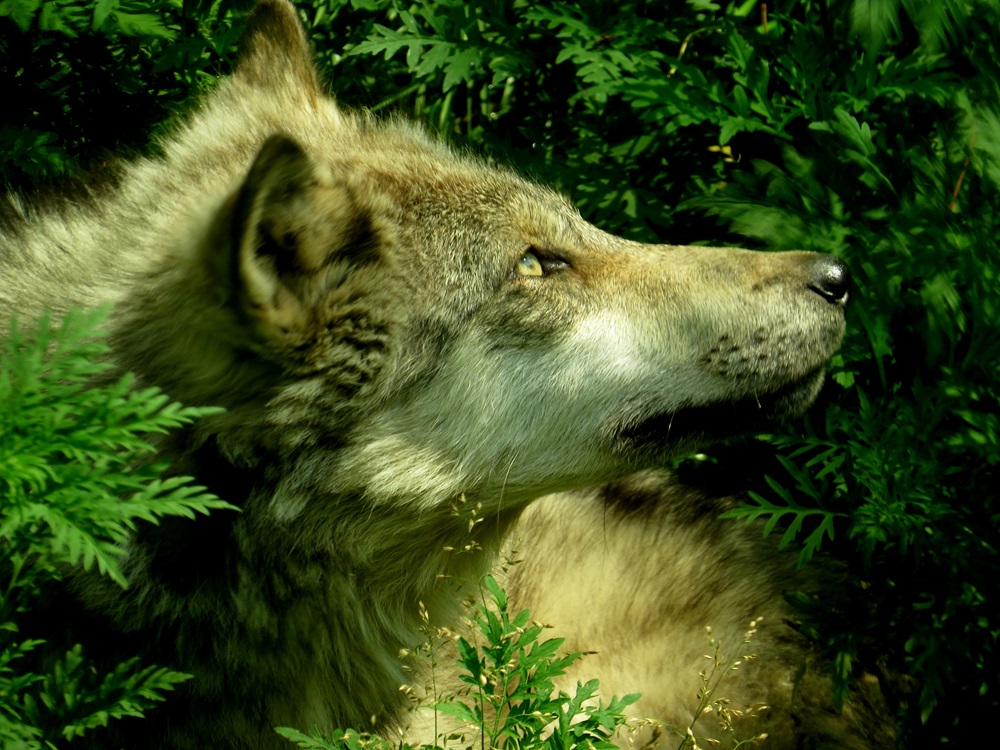Deer (Cervidae) is a family of antlered, hoofed ruminants of the order Artiodactyla containing about 40 species worldwide. Five species are present in Canada: white-tailed deer (Odocoileus virginianus), mule deer (Odocoileus hemionus), caribou (Rangifer tarandus), moose (Alces alces) and elk (also known as wapiti, Cervus canadensis). Deer are relatively large-brained and adaptable.
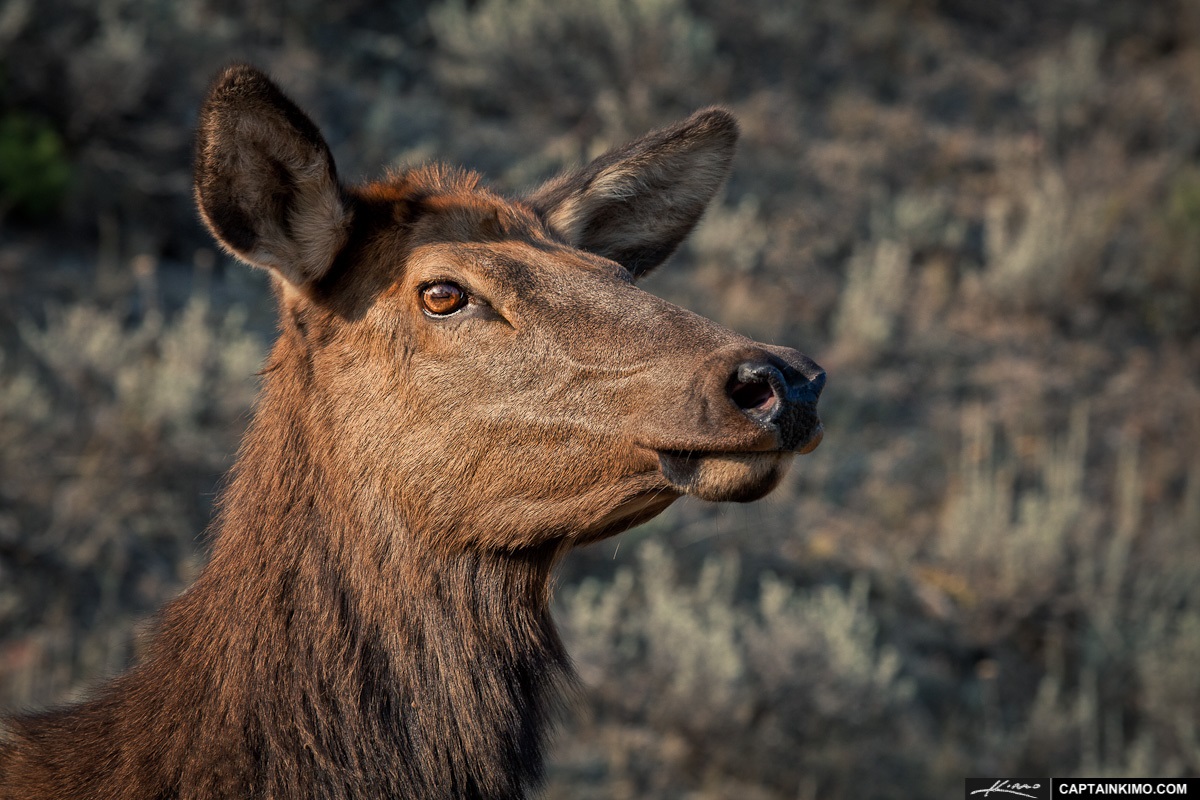
Subspecies
All species of deer in Canada have a variety of subspecies. One of the best-known is the black-tailed deer (Odocoileus hemionus columbianus), which is a common subspecies of the mule deer.
Carbou also have several famous subspecies, like the boreal woodland caribou (Rangifer tarandus caribou), the barren-ground caribou (R. t. groenlandicus) and the Peary caribou (R.t. pearyi). Many Canadian subspecies and populations of Caribou are considered at-risk in the Canadian Species at Risk Act.
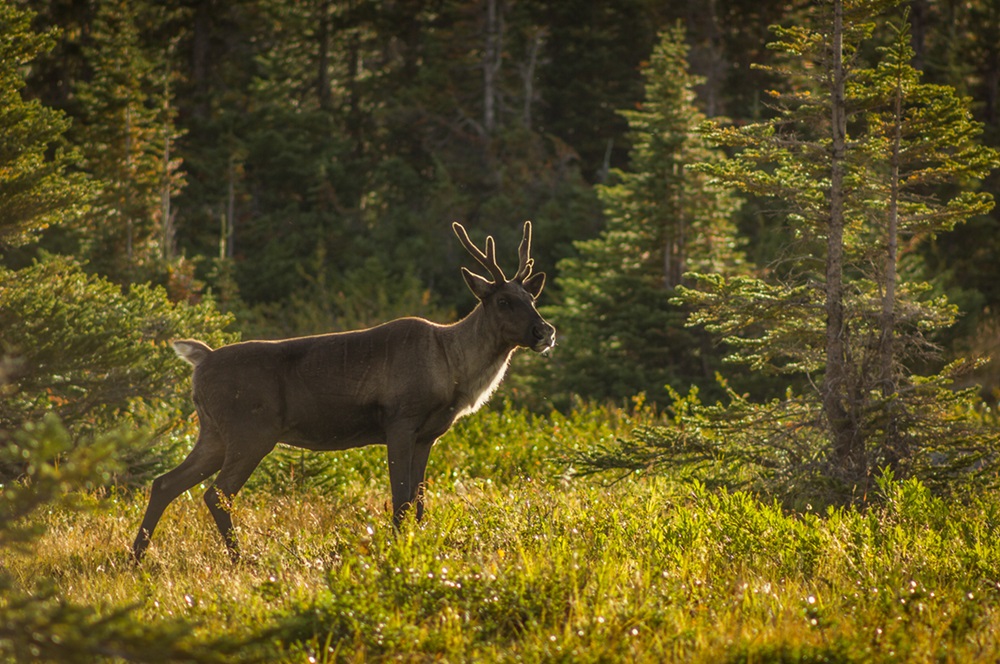
Antlers
Antlers are found on males of all Canadian species of deer, on female barren ground caribou and a few female woodland caribou. They consist of bone, grow rapidly (4 months in moose) and are shed annually. Velvet (hairy skin, well supplied with nerves and blood vessels) covers and nourishes the growing antlers. When antlers are fully grown, the velvet dies and is rubbed off, as males prepare for mating season. Antlers are used as display organs to intimidate rivals and lure females. They are rarely used against predators. However, they are used as weapons and shields against rival males. Antler size, symmetry and complexity vary with age, health and diet. In Canada, the largest antlers tend to be present in caribou, elk and moose.
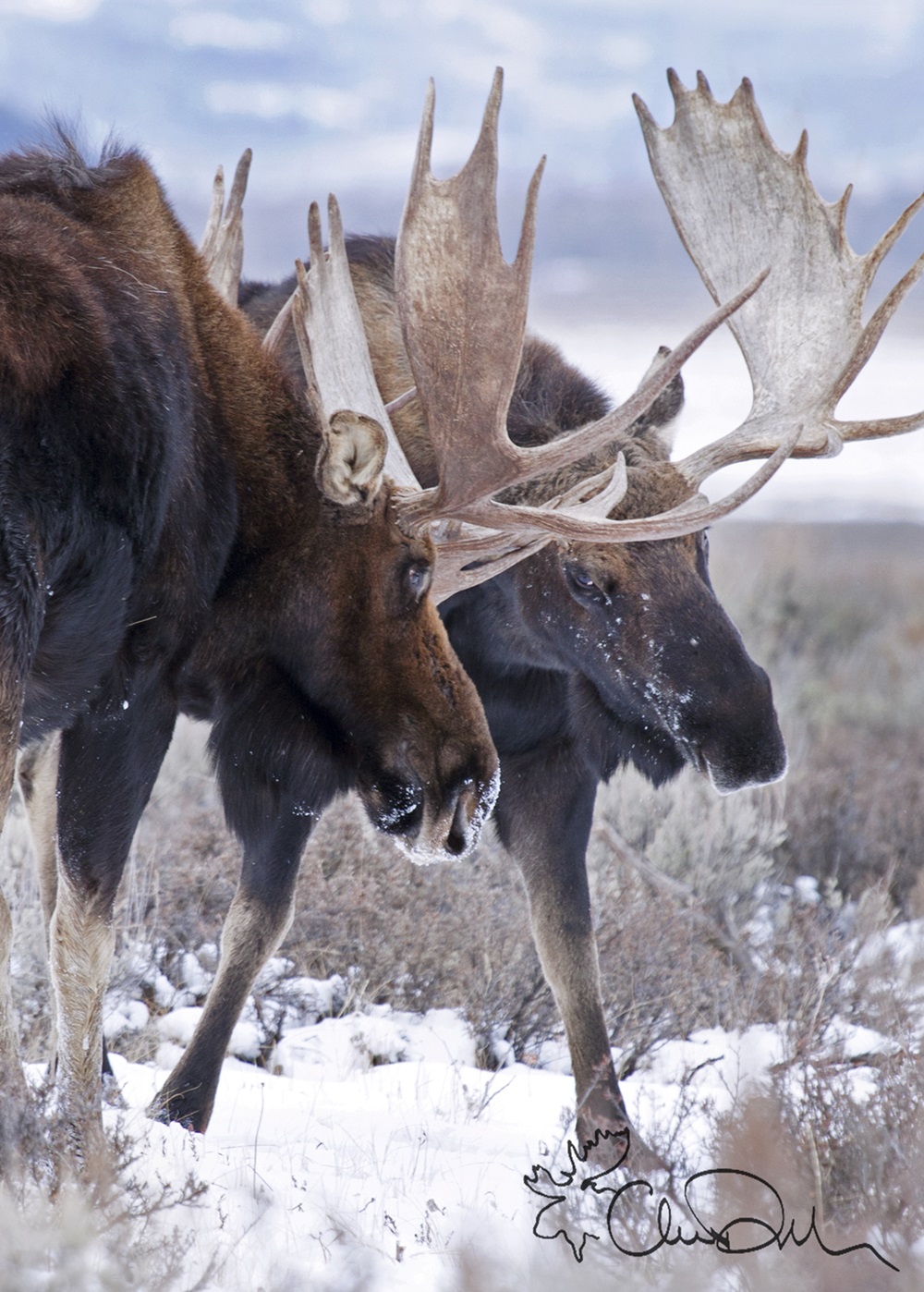
Evolution
Deer began their evolutionary radiation as small-bodied, antlerless, tropical herbivores. For 30 million years, they evolved slowly. As they spread to open parkland habitats and harsher climates, their body and antler size increased, as did antler complexity, coat coloration and ornamentation. This evolution resulted in larger species being present in subarctic, subalpine and glacial environments, such as the extinct Irish elk and the moose. The weights of both could exceed 600 kg. The Alaskan bull moose may carry antlers exceeding 30 kg and 2 m in spread; those of the Irish elk exceeded 38 kg and 3 m.
Distribution and Habitat
The two most common deer in Canada, white-tailed and mule deer, are closely related species of the genus Odocoileus. Both occur in many subspecies including dwarf island forms. Fossils of white-tailed deer (O. virginianus) predate the last ice age. The mule deer (O. hemionus) originated more recently.
Mule deer, characteristic of the mountains and foothills of western North America, sometimes occur as far east as Manitoba. White-tailed deer occur across southern Canada and as far north as Yukon and the Northwest Territories. If protected, both species thrive around human settlements. White-tail deer, being very secretive, may thrive with little protection, especially in severely disturbed landscapes.
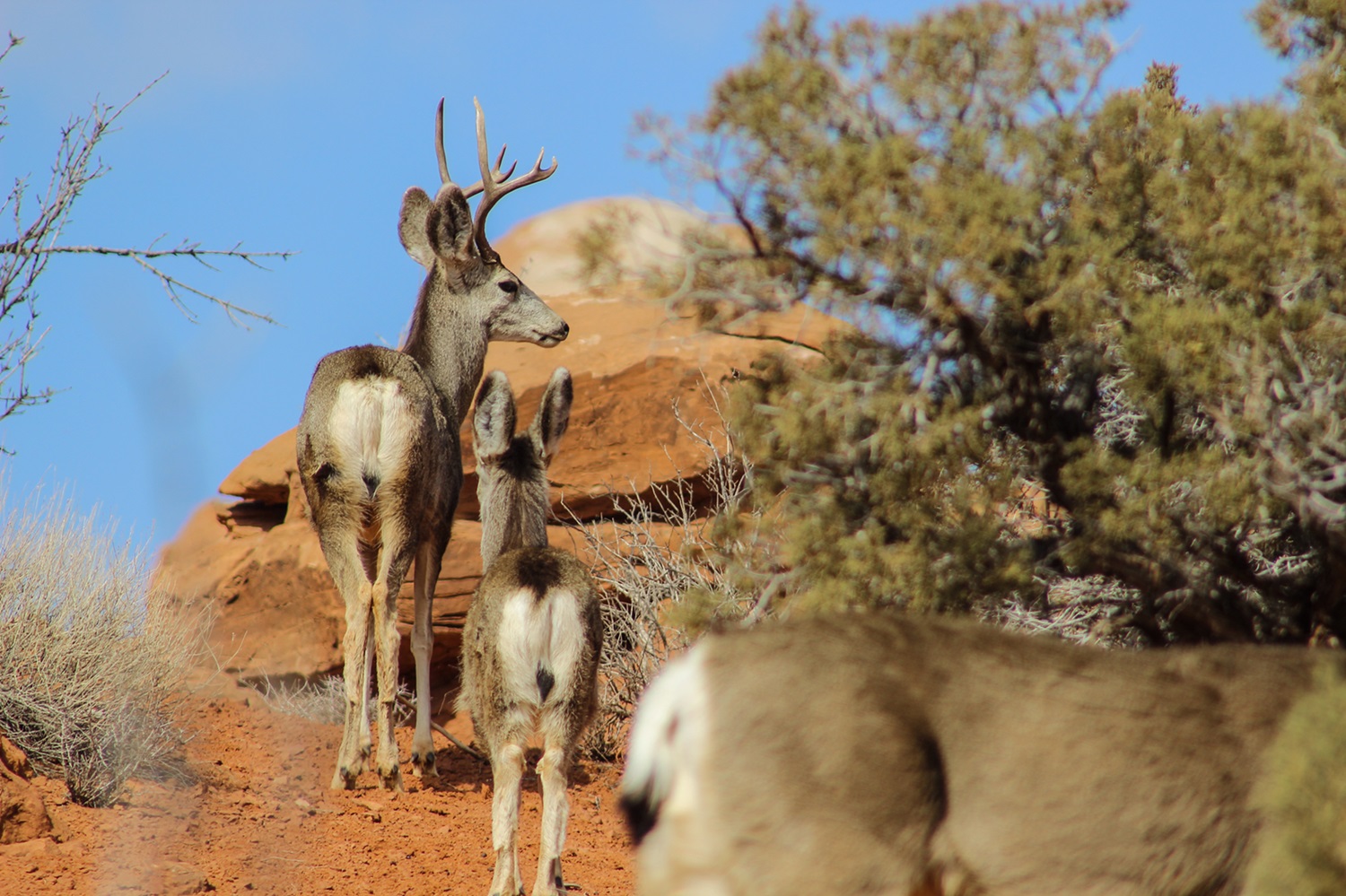
Survival Strategies
Both the mule and white-tailed deer are adapted to feed on soft vegetation; however, they have different antipredator strategies. Mule deer leap over obstacles in the path of pursuing predators; white-tail deer combine hiding with rapid getaway over unobstructed ground. Both can live in groups on open terrain and be solitary in dense forests. Females may become territorial when raising young.

Reproduction and Development
At northern latitudes, mating occurs in late November and early December; fawns are born in June. Males guard one female at a time and do not advertise their whereabouts to rivals. Both mule and white-tail deer have long sparring ceremonies, but few fights occur.
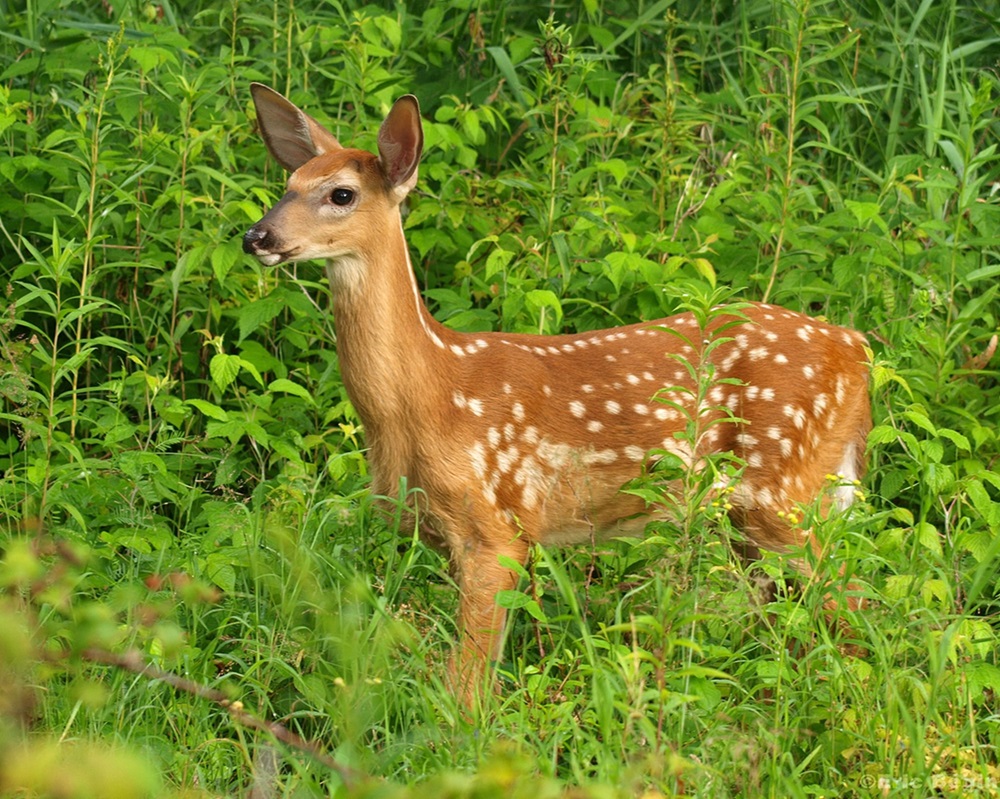
Relationship with Humans
Many species of deer can be domesticated. Deer have been widely introduced as game and park animals. They generally respond well to adequate habitat and protection from excessive hunting. In America, white-tailed and mule deer can live secretly in cities where green belts or large parks provide food and cover.
In Canada, the caribou is economically and culturally significant to Indigenous peoples, while moose and white-tailed deer provide meat for many families. White-tailed deer are one of the most important big game animals in North America today.

 Share on Facebook
Share on Facebook Share on X
Share on X Share by Email
Share by Email Share on Google Classroom
Share on Google Classroom

